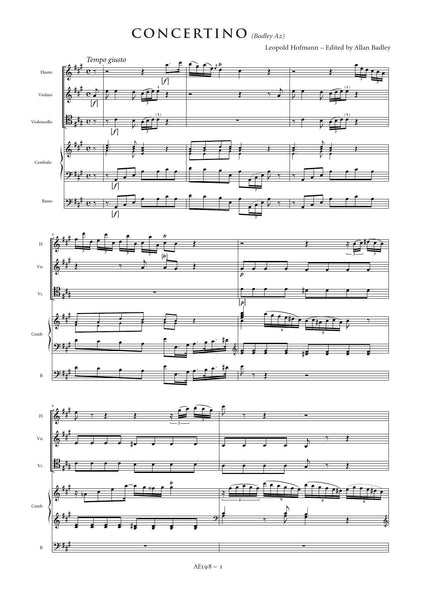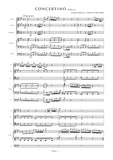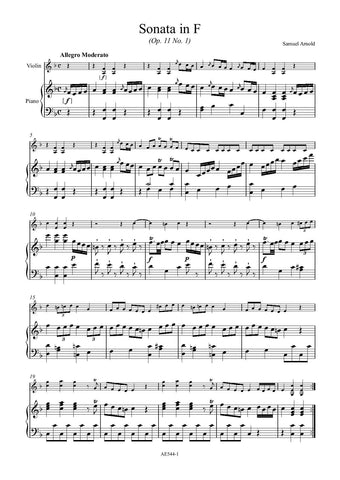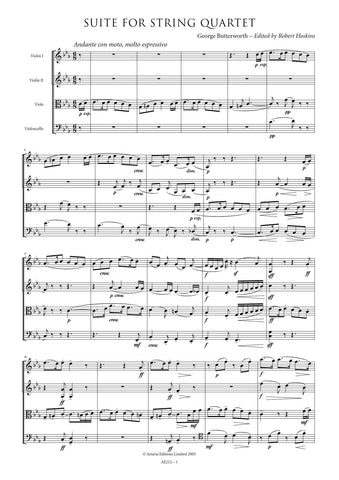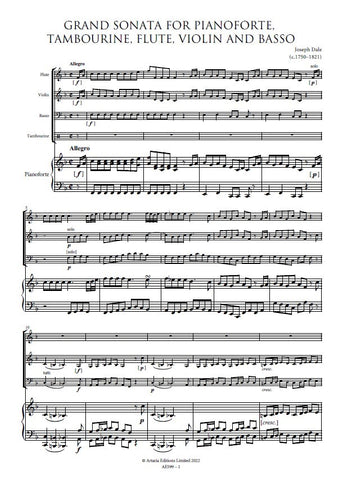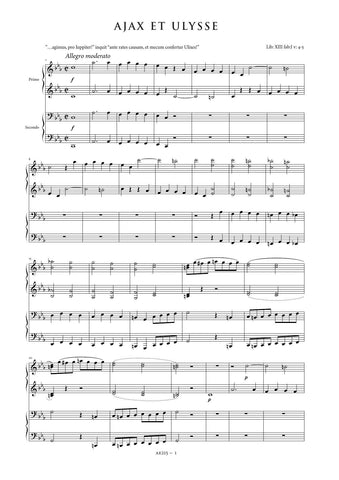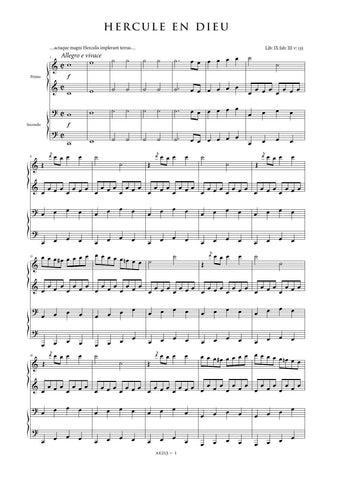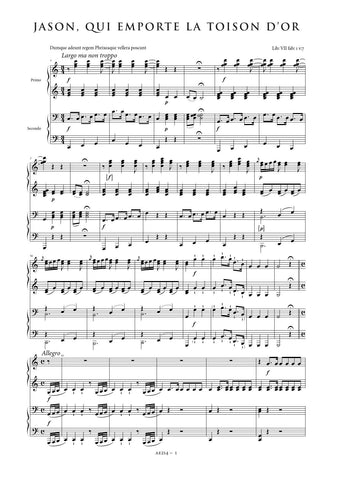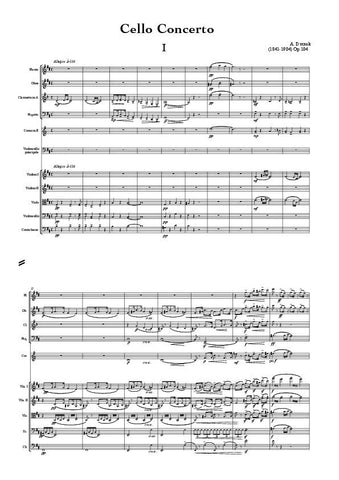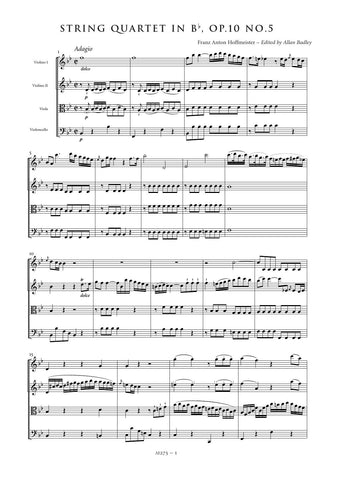Description |
Hofmann, Leopold (1738-1793)
|
||||||||||||||||||
Details |
The present work was advertised by Breitkopf (Supplement IV) in 1769 along with two of the composer's keyboard concerti.Most of Hofmann's keyboard music appears to date from his years as Hofklaviermeister (1769-1774) and we can assume that a good deal of it was intended as teaching material. In the circumstances it is tempting to suggest that this attractive and unusually-scored work was composed for Hofmann's imperial pupils and that Joseph II perhaps played the cello part in a domestic concert at court. This edition is based on a set of MS parts now preserved in the Staatsbibliothek zu Berlin under the shelfmark Mus.ms. 10733/3. The wrapper reads: 'A/ Concertino / a / Cembalo / Flauto Traverso / Violino / Violoncello / e / Basso / del Sigr. Leop: Hoffmann / Grave' . The intended 'basso' instrument is uncertain but in all likelihood it was played by a second cello. In the absence of both the autograph score and an authentic set of parts, this edition presents as faithfully as possible the intentions of the composer as transmitted in the Berlin copy. The simple continuo realisation, printed here in smaller type, has been added by a later hand and is certainly not the work of the composer. As is often the case in Hofmann's chamber music there are few dynamic markings in the parts although considerable care is taken with articulation. The style and notation of these have been standardised throughout, and, where missing from the source, markings have been reconstructed from parallel passages. These are indicated by the use of dotted slurs or brackets. Like most eighteenth-century sources, the present manuscript is inconsistent at times in its notation of appoggiature ; these too have been standardised to minimise confusion. Obvious wrong notes have been corrected without comment; editorial emendations with no authority from the source are placed within brackets. Allan Badley |
Loading...
Error




